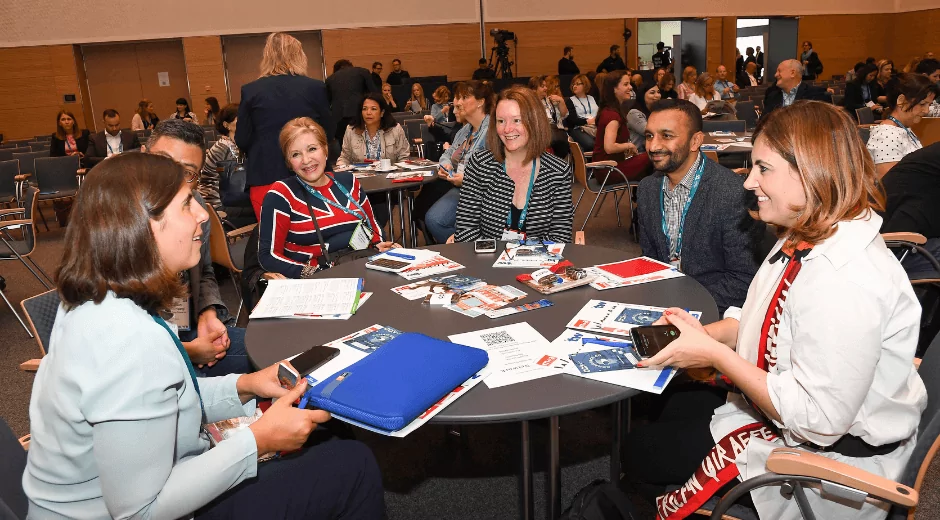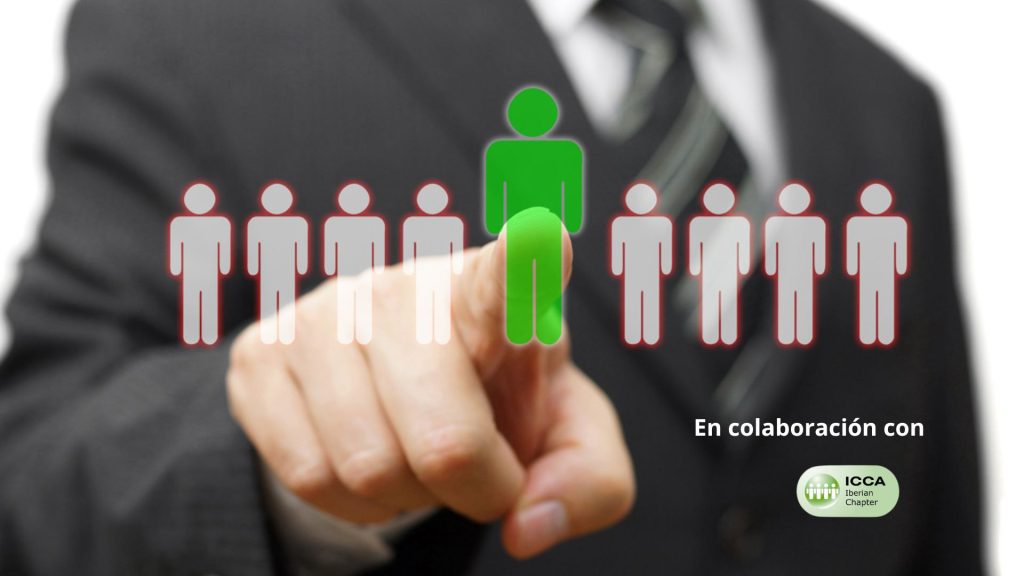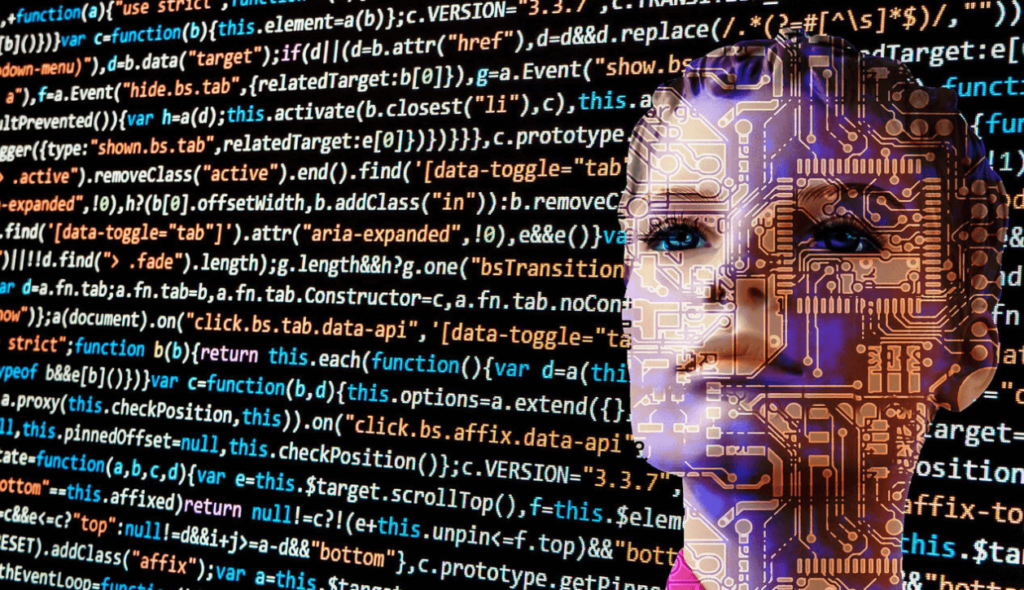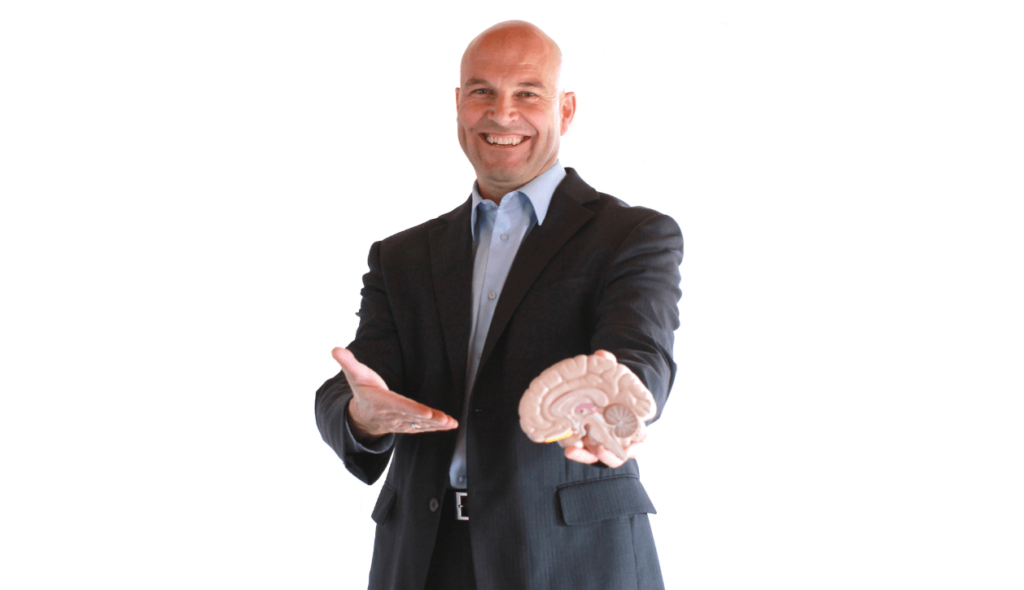How to capture attention in events
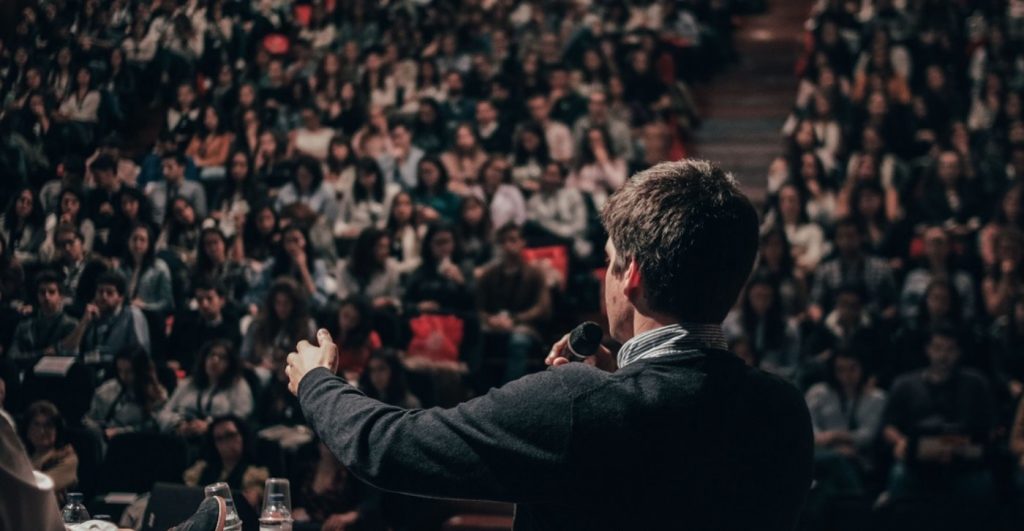
Share news
Listen
Attention span
There are key cycles in our brain that allow us to maintain an attention span between 90 – 110 minutes. However, in tasks in which we get to learn something, it will be more effective when sustained attention (commonly called concentration) occurs in short periods of time not exceeding 20 minutes, which is the time that neurons need to strengthen the connections. The highest level of attention occurs at the beginning of the day, and from then on these decrease.
- Subdivide contents into smaller bits of information.
- Study the right time of the day for each task. Programme activities that require thinking and analysis at the beginning of the day and simpler, physical or repetitive tasks for the later part of the day.
- Allow time for breaks in between with pauses of 5-10 minutes but not too long where attendees might get bored.
Internal factors
The emotional context is important as it would either make attendees participate or turn them off. How they are physically, their interest about the task, their past experience, their values… affect how they would act. They are attentive to things where they can relate it with their own personal experience and their daily life.
- Get to know the needs and motivation of your attendees and make sure that they are addressed. Take a look at what worked in the past and also make sure that the experience does not become repetitive.
- Generate dialogue and listen to them. Learn from the criticisms and mistakes.
- Maintain a right amount of food to avoid sleepiness after meal time. Keep coffee and sweet things at hand as they help to maintain the brain active.
The content
Whatever is new and surprising activates alertness: visual stimulation in movements, contrasting sounds or dissonances (we are both curious about new things but also seek to reaffirm what we know). Attention is the first step to learning: we learn 10% when we read, 20% when we hear, 50% when we see and hear, 70% when we discuss and 95% when we teach others.
- Avoid a monotonous session where the attendees are just expected to listen. Ensure your content is participative and entertaining, varying them every 20 minutes with, for example, a question or show a video, move around on stage…
- Make sure that your attendees participate. Not only does participation keep them active, but it also generates a spontaneous attention which motivates them. Human are social beings, we love being with one another and do things together.
- Take special care in the introduction and the conclusion of your event. The inverted U-shaped curve shows us when are the times which we need to pay special attention to.
The environment
How the space is designed, what furniture are used, the intensity of the lighting… all affect our physical state. We are relaxed when we are comfortably seated and with less intense light; active when we are standing and with alot of light. Attendees are faced with many distractions in an event with different activities happening at the same time.
- Play with both elements that attract and distract. Music, a rumbling noise or complete silence… they can wake up attendees and get them out of a dormant mode. Make sure that anything too loud does not go out of control or disrupt other parallel activities.
- Create an exclusive space where attendees can disconnect and relax.
You may have other ways to capture your attendees’ attention. Why not share it with us?


